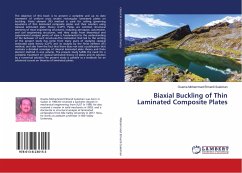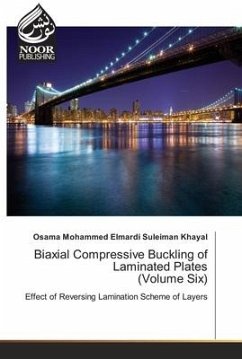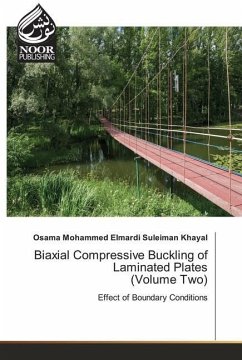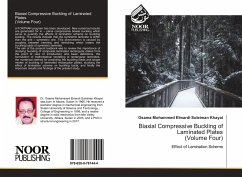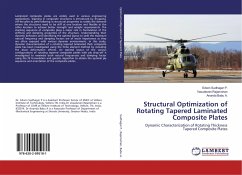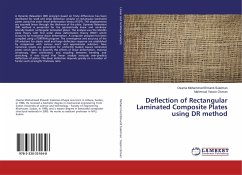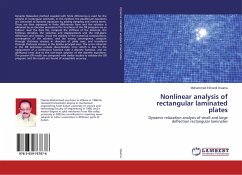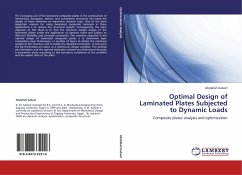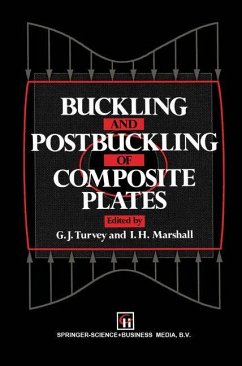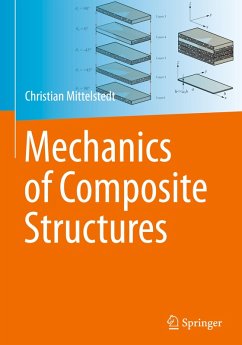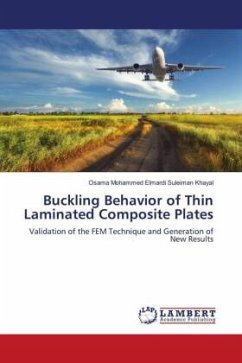
Buckling Behavior of Thin Laminated Composite Plates
Validation of the FEM Technique and Generation of New Results
Versandkostenfrei!
Versandfertig in 6-10 Tagen
40,99 €
inkl. MwSt.

PAYBACK Punkte
20 °P sammeln!
It was found that symmetric laminates are stiffer than the anti - symmetric one due to coupling between bending and stretching which decreases the buckling loads of symmetric laminates. The buckling load increases with increasing aspect ratio, and decreases with increase in modulus ratio. The buckling load will remain the same even when the lamination order is reversed. The buckling load increases with the mode number but at different rates depending on the type of end support. It is also observed that as the mode number increases, the plate needs additional support.The aim of the present text...
It was found that symmetric laminates are stiffer than the anti - symmetric one due to coupling between bending and stretching which decreases the buckling loads of symmetric laminates. The buckling load increases with increasing aspect ratio, and decreases with increase in modulus ratio. The buckling load will remain the same even when the lamination order is reversed. The buckling load increases with the mode number but at different rates depending on the type of end support. It is also observed that as the mode number increases, the plate needs additional support.The aim of the present textbook was to review the importance of studying biaxial buckling of composite plates from the point of view of introduction, the formulation of mathematical modelling of rectangular laminates, the numerical method for predicting the buckling loads and shape modes of buckling of laminated rectangular plates, studying the effects of lamination scheme, material anisotropy, fiber orientations of layers, reversing lamination scheme, and boundary conditions for different buckling loads, and finally the concluding remarks which constitutes the important findings of the present study.



